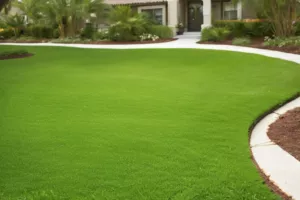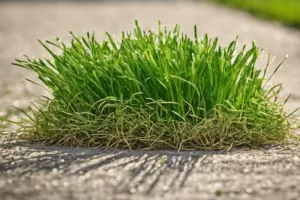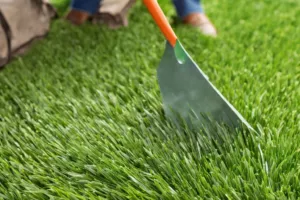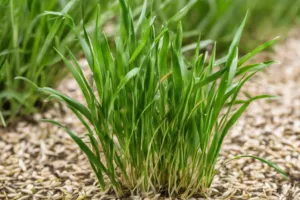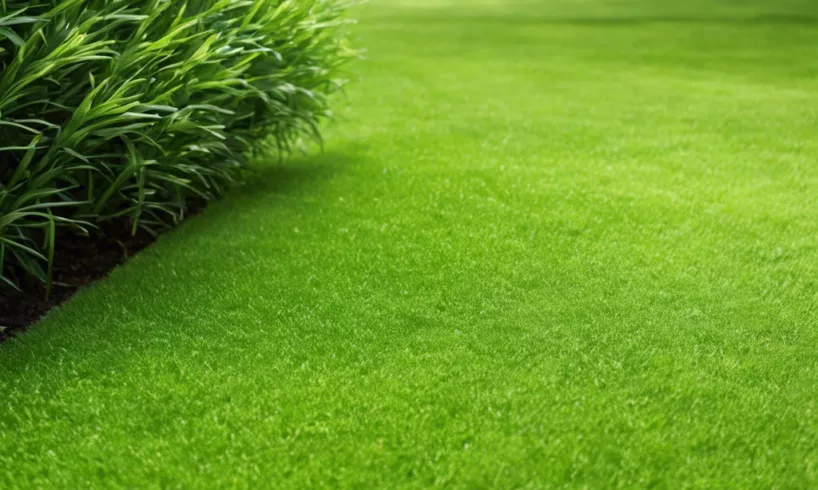
St. Augustine Grass and its Adaptability to Shade
St. Augustine grass, scientifically known as Stenotaphrum secundatum, is a popular turfgrass choice for homeowners due to its ability to thrive in a variety of conditions. One of the most prominent features of St. Augustine grass is its tolerance to shade. Unlike other grass types that require full sun exposure to grow, St. Augustine grass can grow reasonably well in shaded areas, making it a versatile option for lawns with varying light conditions.
Components of St. Augustine Grass that Enhance its Shade Tolerance
Leaf Structure
The leaf structure of St. Augustine grass plays a significant role in its shade tolerance. The grass has broad and flat leaves that enable it to absorb sunlight more efficiently than grasses with narrow leaves. This characteristic allows St. Augustine grass to perform photosynthesis effectively, even in reduced sunlight conditions.
Root System
St. Augustine grass possesses a robust and extensive root system. This root system allows the grass to absorb nutrients and water efficiently, further enhancing its ability to sustain growth under shaded conditions.
Considerations for Growing St. Augustine Grass in Shade
While St. Augustine grass has an inherent tolerance for shade, there are certain considerations to keep in mind for optimal growth. Firstly, it is important to note that though it can tolerate shade, it still requires a minimum of three to six hours of sunlight daily. Without this, the grass can become thin and weak.
Secondly, when growing St. Augustine grass in shaded areas, it’s crucial to manage your watering and fertilization practices carefully. Overwatering and over-fertilization can lead to the growth of fungi and disease, conditions that can be exacerbated in shaded, damp areas.
Practical Tips for Growing St. Augustine Grass in Shade
To successfully grow St. Augustine grass in shaded areas, consider the following tips:
Proper Mowing
Keep the grass at a height of 2.5 to 3 inches. This height allows the grass to have a larger leaf area for photosynthesis, which is especially crucial in shaded areas.
Watering
Water the grass deeply but infrequently. Shaded areas tend to retain moisture for longer, so overwatering can lead to problems like root rot.
Fertilization
Apply a slow-release nitrogen fertilizer to provide the grass with the nutrients it needs to thrive. However, be careful not to over-fertilize, as this can lead to excess growth and increased susceptibility to disease.
St. Augustine grass’s ability to tolerate shade makes it a versatile choice for many homeowners. With careful maintenance and consideration of its specific needs, this grass can provide a lush, green cover for both sun-drenched and shaded lawn areas.

Bob Green, a passionate lawn care enthusiast with over two decades of landscaping experience, is this website’s proud owner. His vast knowledge of horticulture and dedication to helping homeowners maintain beautiful lawns are reflected in the valuable content he shares on his platform. John has always been interested in Agrostology.









